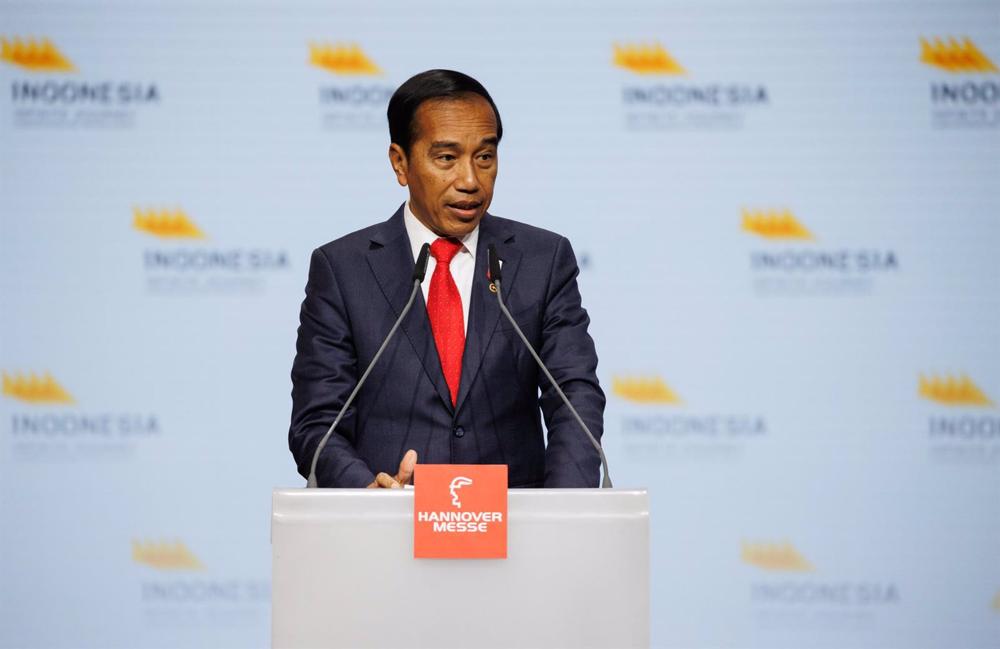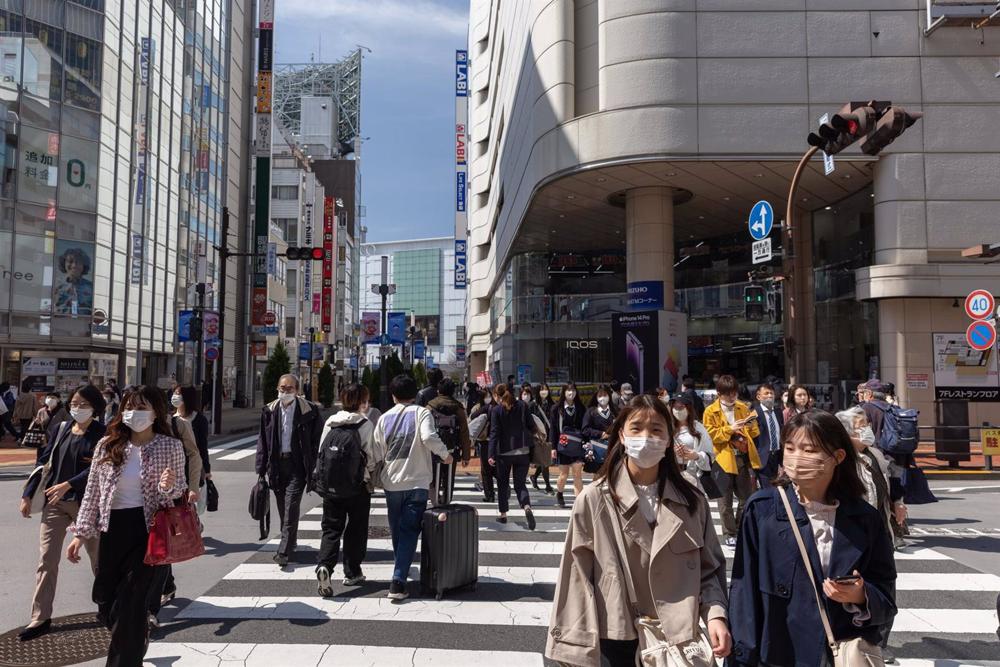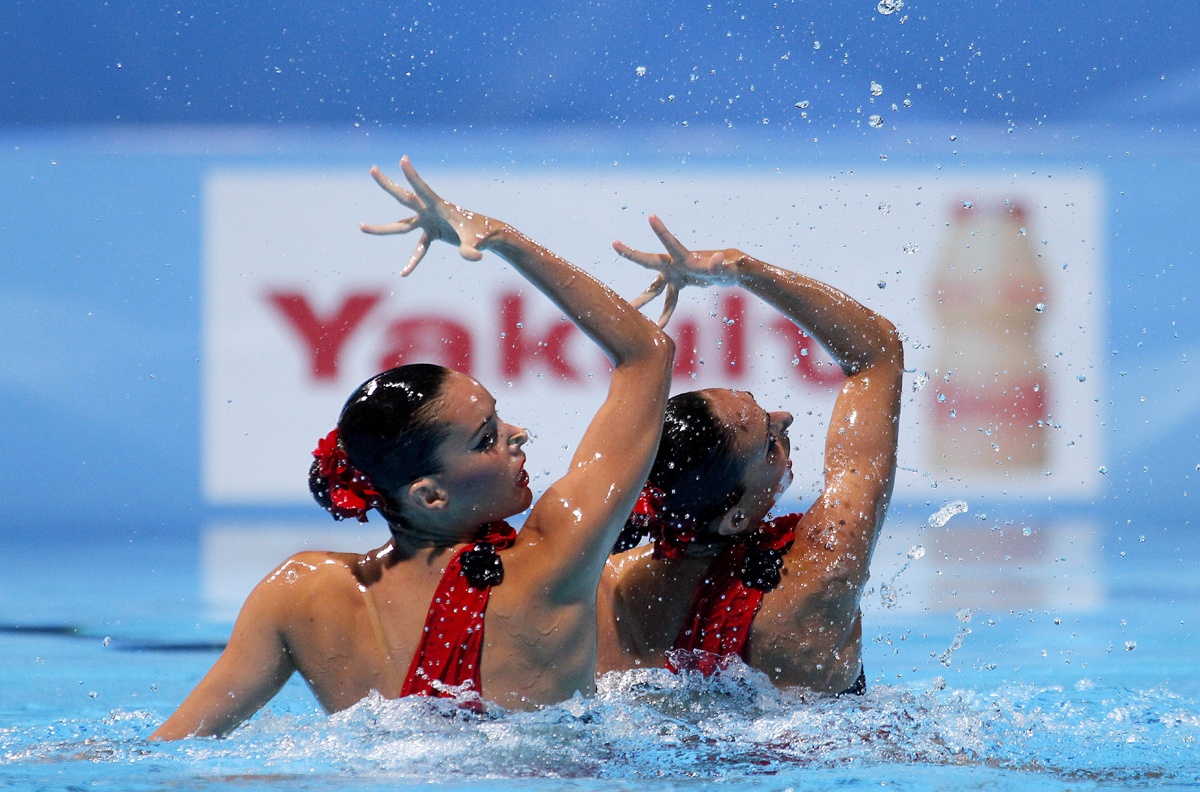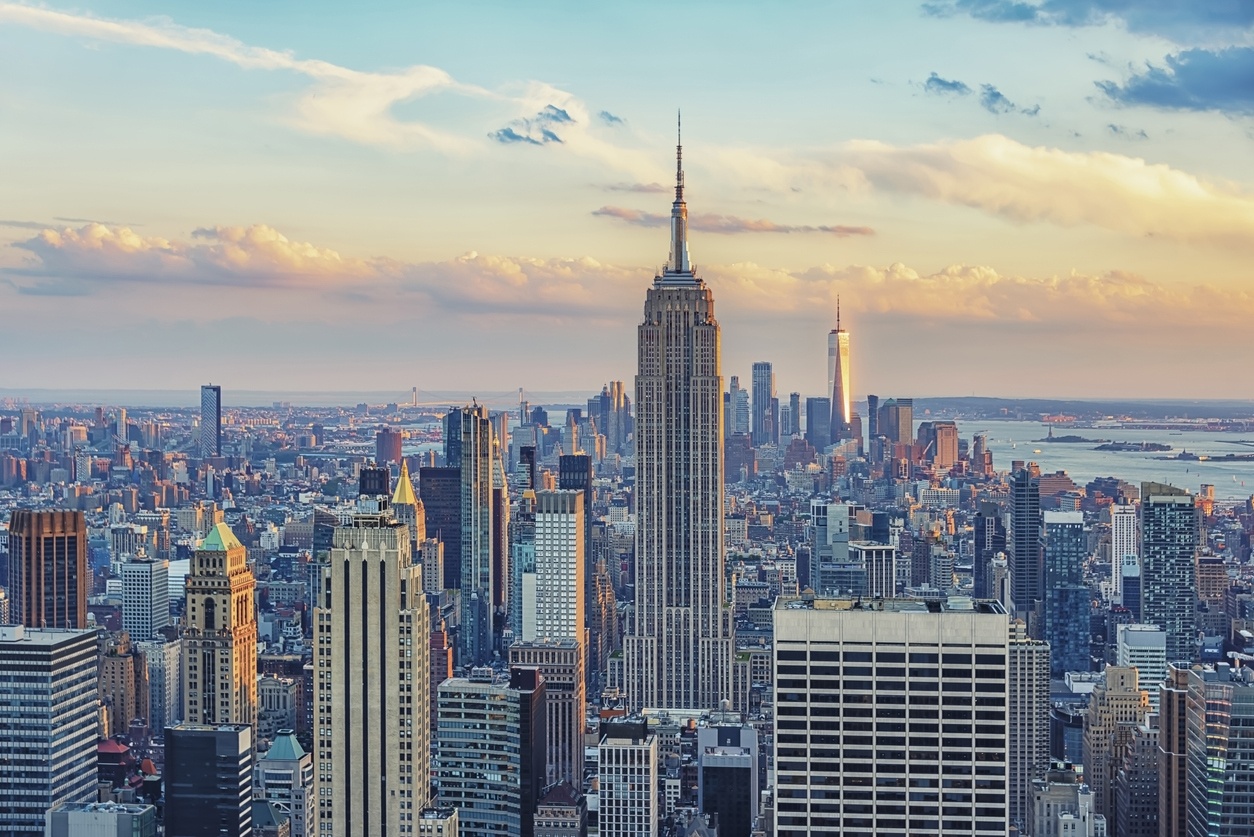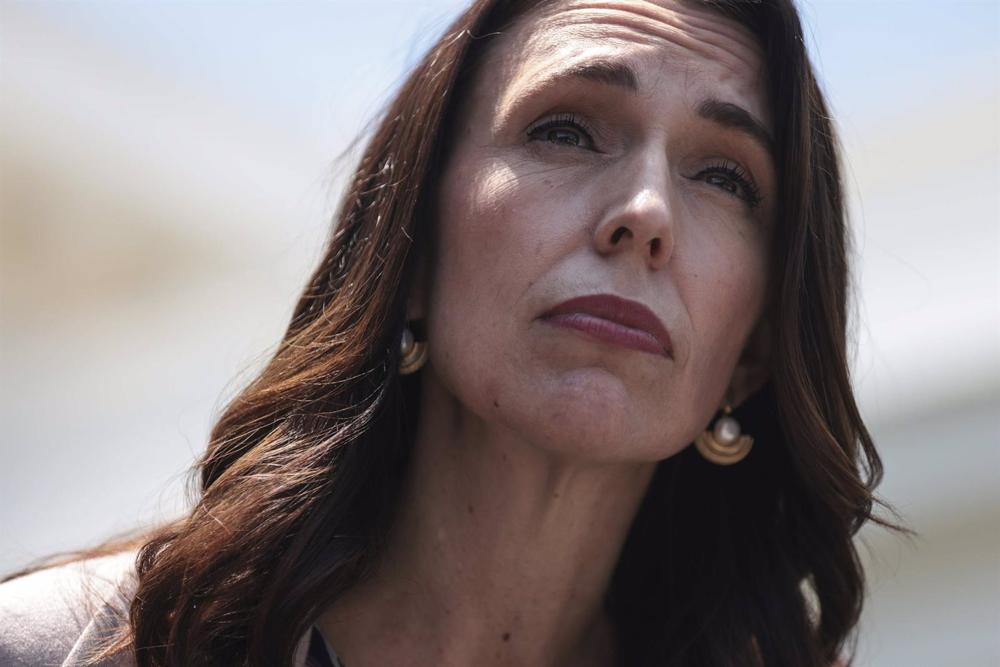
When Jacinda Ardern came to power in New Zealand in October 2017, she marked a milestone not so much for her gender — she was already the third woman to occupy the head of government — as for her youth — she was 37 years old at the time. More than five years later she says goodbye, already a political symbol on a global scale.
Ardern, former Minister of Culture, led the Labor Party by the hand in 2017 from its worst popularity levels to power, basically thanks to a charisma that the polls continue to respect her in general terms today, despite the erosion suffered in recent months due to economic variables such as inflation.
Labour, which repeated its victory in 2020, based its exponential growth on a leader who did not hesitate to claim to be a feminist, republican and progressive and who resembled the new generation of world leaders who, like France’s Emmanuel Macron or Canada’s Justin Trudeau, were calling for a change in a changing scenario.
Critical of immigration and supporter of new trade regulations, Ardern experienced her great political challenge with the COVID-19 pandemic. Applauded at first for her government’s ability to reduce the number of cases to practically zero, the strategy proved inapplicable with the emergence of more contagious variants.
The pandemic also marked her personal life to some extent, as Ardern was forced to cancel her wedding after new restrictions were announced. «I am no different from thousands of other New Zealanders,» said the still-unmarried prime minister in January 2022.
She shares her life with Clarke Gayford, with whom she had a son in 2018. In fact, the birth of this child was then another milestone, since Ardern was already in office and decided to enjoy a month and a half of leave, something only Pakistan’s Benazir Bhutto had done before.
Ardern attended the UN General Assembly just three months after giving birth, accompanied by her baby and her partner, who acted as caregiver in front of the world’s media cameras.
UN Women estimates that there are only about 30 women heads of state and government in their respective countries. Ardern is one of them — she will remain so until February 7, when she formally leaves office — and during her tenure she has not hesitated to make feminist claims.
In November 2022, she berated a journalist at a press conference with Finland’s prime minister, Sanna Marin, for asking them about the alleged «commonalities» the two had on gender-age grounds. She warned that such a thing had never been raised when two men, also of similar ages, were meeting.
Ardern’s imprint has been equally noticeable in the form and substance of her departure, with an appearance in which she acknowledged that she does not lack the «energy» to remain in office and lead Labour again in the next elections, scheduled for October 14.
«I have given my all to be prime minister, but it has also cost me a lot,» she admitted, denying any hidden agenda and claiming to be simply «human». To continue governing, she has declared, will require «a new pair of shoulders» capable of bearing the burden of power.
Polls continue to show Ardern as New Zealanders’ favorite leader to head the government, but they also show an erosion of the New Zealand Labour Party. In December, the ruling party was five points behind the National Party in a state television poll.
Source: (EUROPA PRESS)

